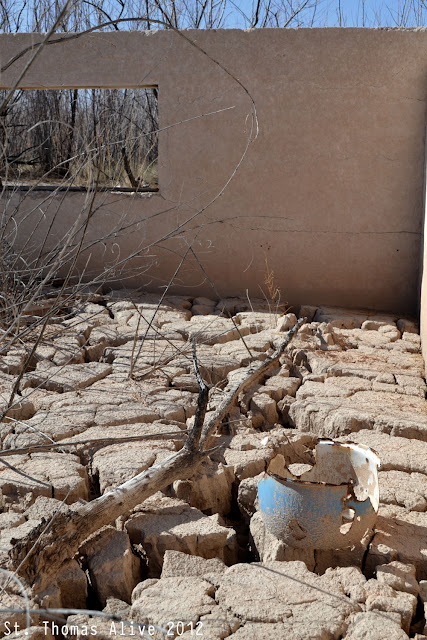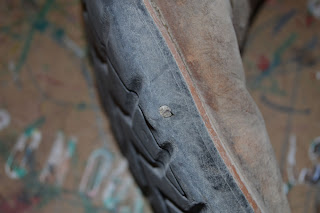10:00 Opening Ceremony at School House
-Opening Song: Come Come Ye Saints
-Invocation: President Donald Whitney
-Remarks: President Matthew Messer
10:10 Ruth Chadburn Drama
10:20 Vicki Willard
10:30 Marva Rae Perkins Sprague Drama
10:40 Zila Johnson
10:50 One for the Muddy Drama
11:20 Bill Bunker
11:30 Emmiline Huntsman Drama
11:40 Nelson Family
11:50 Berkley Lloyd Bunker Drama
12:15 Moapa Tribal Performance
12:30 Braid the Maypole
1:00 Welcome Youth Conference
1:10 Ruth Chadburn Drama
1:20 Ken Marshall
1:30 Marva Rae Perkins Sprague Drama
1:40 Song by Youth
1:50 One for the Muddy Drama
2:20 Song by Youth
2:30 Emmiline Huntsman Drama
2:40 Nelson Family
2:50 Berkley Lloyd Bunker Drama
3:00 Closing Ceremony at School House
-Remarks: Logan Call
-Remarks: Susan Whipple
-Song: God Be With You Till We Meet Again
-Benediction: Bishop Berkley Marshall
























